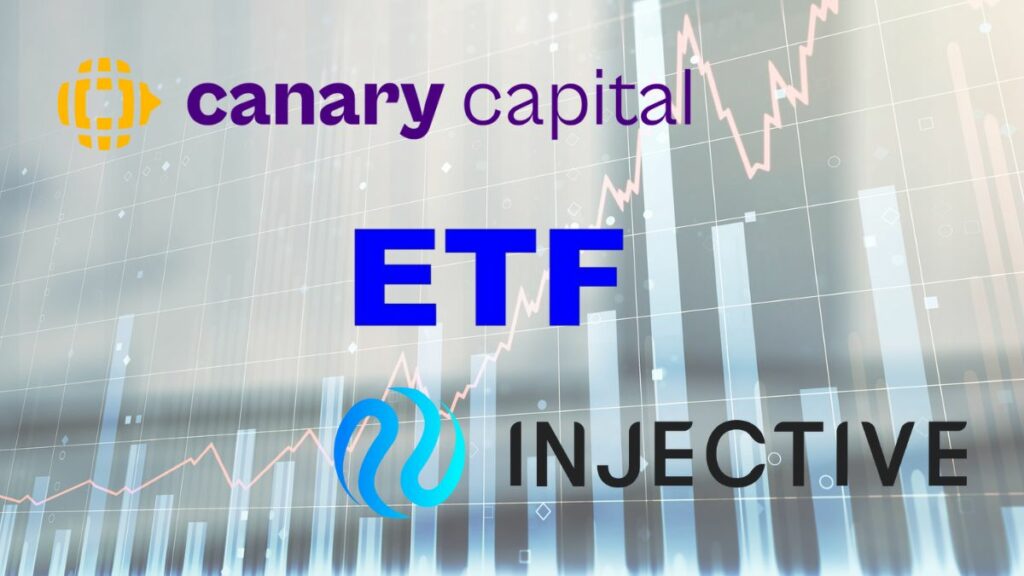To grasp the full potential of an @injective Staked ETF, it helps to understand the underlying mechanism: staking.
On the Injective network, INJ holders can ‘stake’ their tokens by delegating them to validators. These validators are responsible for securing the network by processing transactions and maintaining the blockchain.
In return for their service, and for the INJ tokens staked with them, validators and their delegators earn rewards, typically in the form of newly minted INJ tokens and a portion of transaction fees. This process contributes to the network’s security and decentralization.

Injective’s relayer and fee delegation model removes gas friction.
Users don’t pay gas directly. Instead, relayers handle transactions and absorb the cost, earning from rebates, trading fees, or other incentives.
This model allows DApps to:
Abstract away gas for users (like Robinhood or Binance UX)
Make micro-trades viable
Onboard non-crypto-native users with zero wallet friction
It’s not just “low fees” it’s an entirely new model for fee economics and UX

2.88K
8
The content on this page is provided by third parties. Unless otherwise stated, OKX is not the author of the cited article(s) and does not claim any copyright in the materials. The content is provided for informational purposes only and does not represent the views of OKX. It is not intended to be an endorsement of any kind and should not be considered investment advice or a solicitation to buy or sell digital assets. To the extent generative AI is utilized to provide summaries or other information, such AI generated content may be inaccurate or inconsistent. Please read the linked article for more details and information. OKX is not responsible for content hosted on third party sites. Digital asset holdings, including stablecoins and NFTs, involve a high degree of risk and can fluctuate greatly. You should carefully consider whether trading or holding digital assets is suitable for you in light of your financial condition.

